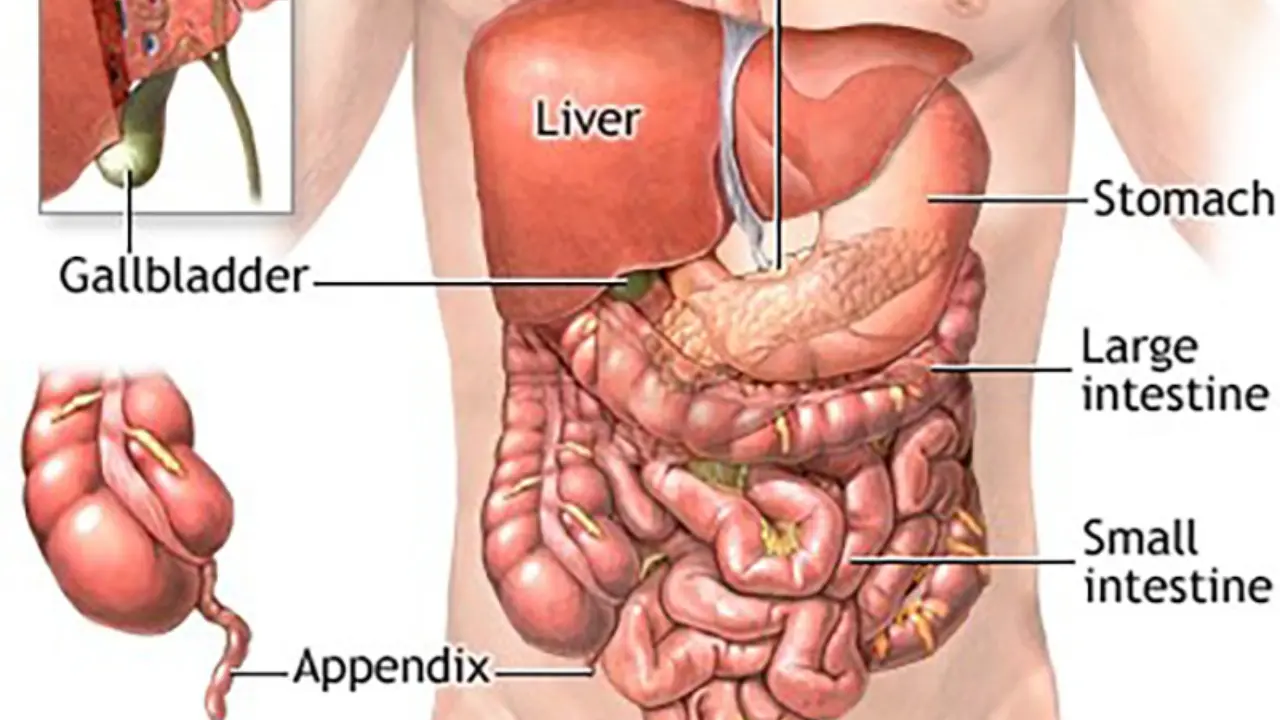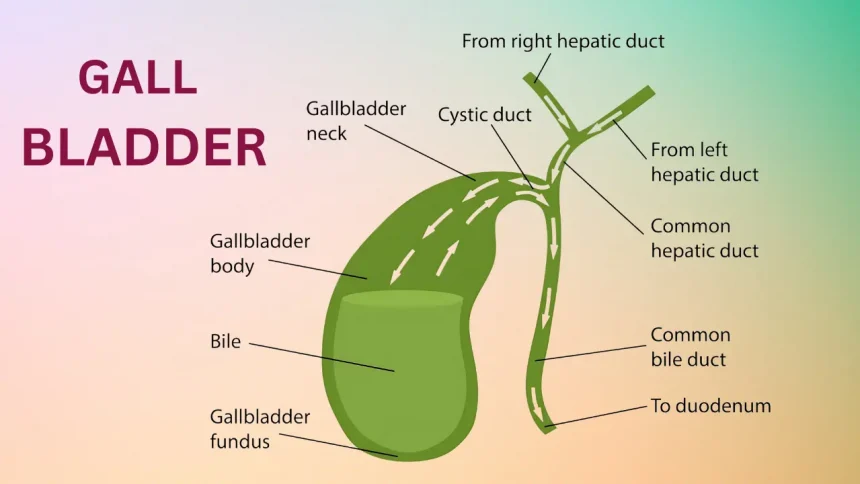After gallbladder removal (cholecystectomy), many individuals experience digestive problems due to the absence of the gallbladder, which normally stores and releases bile to aid in fat digestion. Common issues include diarrhea, which can result from bile flowing directly into the intestines without regulation, and fat malabsorption, leading to oily stools. Additionally, bloating, gas, and indigestion may occur, particularly after consuming fatty foods. Some people may also face constipation as their digestive system adjusts. To manage these symptoms, it is advisable to adopt a low-fat diet, eat smaller, more frequent meals, and stay hydrated. If symptoms persist or worsen, it’s important to seek guidance from a healthcare professional.
Why Gall Bladder Remove
The gallbladder may be removed for several reasons, primarily related to issues with gallstones or other gallbladder-related conditions. Here are some common reasons:
Gallstones:
These are hardened deposits that can form in the gallbladder and may cause pain, inflammation, or blockages in the bile ducts.
Cholecystitis:
This is inflammation of the gallbladder, often due to gallstones. It can lead to severe pain and infection.
Biliary Colic:
Recurrent pain in the upper abdomen caused by gallstones temporarily blocking the bile duct.
Pancreatitis:
Inflammation of the pancreas can sometimes be caused by gallstones blocking the pancreatic duct.
Gallbladder Polyps:
Abnormal growths in the gallbladder that can lead to cancer or other complications.
Functional Gallbladder Disorders:
Issues like biliary dyskinesia, where the gallbladder doesn’t function properly, may warrant removal.
Life After Gall Bladder Removal
Life after gallbladder removal (cholecystectomy) can involve some adjustments, but many people lead normal, healthy lives afterward. Here are some key points to consider:

Diet Changes
Initial Adjustments:
Right after surgery, a bland, low-fat diet is often recommended. Gradually, most people can reintroduce a wider variety of foods.
Fat Intake:
Some may need to limit high-fat foods, especially initially, as the body adjusts to the direct flow of bile into the intestines.
Digestive Symptoms
Possible Issues:
Some individuals experience diarrhea, bloating, gas, or indigestion due to changes in bile flow and digestion.
Management:
Keeping a food diary can help identify triggers. Smaller, more frequent meals and hydration can also assist in managing symptoms.
Lifestyle Considerations
Exercise:
Regular physical activity can help maintain digestive health and overall well-being.
Monitoring:
Pay attention to how your body reacts to different foods and consult a healthcare professional if symptoms persist.
Long-Term Outlook
Most people adjust well after gallbladder removal, with many returning to their normal routines and diets within a few weeks to months. While some may experience ongoing digestive changes, these can often be managed effectively.
How To Avoid Discomfort Immediately After Gallbladder Removal
Even minimally invasive surgery is still surgery, and you’ll need to take a few steps to keep pain and other symptoms at bay. We give you detailed verbal and written aftercare instructions and are always available to you if you have questions, but in general, you need to:
- Adhere to a liquid diet for a few days
- Introduce solid food gradually
- Avoid strenuous activity
As healing progresses, we let you know when you can start introducing more fibrous foods like nuts, broccoli, and legumes. The general rule of thumb is to take things slowly to allow your body to get used to a new normal.
Tips To Prevent Discomfort After Gallbladder Removal
Though your postoperative symptoms may not be serious, you may experience diarrhea while your body adjusts to the missing gallbladder. There are a few things you can do to be gentle to your digestive system after your surgery prevent discomfort.
Cut back on fat
After gallbladder removal, it’s important to adjust your diet to help your body adapt. Here are some tips for cutting back on fat:
Focus on Low-Fat Foods:
Choose lean proteins like chicken, turkey, fish, and plant-based options. Opt for low-fat dairy products.
Increase Fiber:
Incorporate more fruits, vegetables, whole grains, and legumes to aid digestion.
Limit Fried and Greasy Foods:
These can be hard to digest and may lead to discomfort.
Watch Portion Sizes:
Smaller, more frequent meals can help manage fat intake and improve digestion.
Stay Hydrated:
Drink plenty of water, which can help with digestion.
Monitor Fat Sources:
Choose healthy fats in moderation, such as avocados, nuts, and olive oil.
Avoid Processed Foods:
These often contain unhealthy fats and additives that can upset your stomach.
Keep a Food Diary:
Tracking what you eat can help you identify foods that may cause discomfort.
Increase soluble fiber
Add soluble fiber, such as oats and barley, to your diet. But be sure to increase the amount of fiber slowly, such as over several weeks, because too much fiber at first can make gas and cramping worse. Eat smaller, more-frequent meals. This may ensure a better mix with available bile.
Smaller meals
This may ensure a better mix with available bile. A healthy meal should include small amounts of lean protein, such as poultry, fish or fat-free dairy, along with vegetables, fruits and whole grains.
Less dairy, caffeine, alcohol
After gallbladder removal, it’s advisable to reduce dairy, caffeine, and alcohol intake for a smoother recovery:
Dairy:
Many people experience difficulty digesting high-fat dairy products post-surgery. Opt for low-fat or lactose-free options to minimize discomfort.
Caffeine:
Caffeine can stimulate the digestive system and may lead to diarrhea or discomfort. Limiting coffee, tea, and caffeinated sodas can help manage these symptoms.
Alcohol:
Alcohol can irritate the digestive system and may interfere with recovery. It’s best to avoid it initially and consult your doctor before reintroducing it.
Communicate with your doctor
Infection is also a possibility after gallbladder removal. Infection can occur at the site of the incision or in the abdomen. If you notice symptoms of infection, such as fever, chills, or redness and swelling around the incision site, it’s important to contact your doctor.
Stomach Issues A Year After Gallbladder Removal
Experiencing stomach issues a year after gallbladder removal (cholecystectomy) is not uncommon, and several factors can contribute to ongoing digestive problems. Here are some potential issues you might face:

Common Stomach Issues
Chronic Diarrhea:
Some individuals may continue to have loose stools or increased bowel frequency due to bile flowing directly into the intestines without the gallbladder’s regulation.
Fat Malabsorption:
Difficulty digesting fats can lead to oily stools and nutritional deficiencies if not managed properly.
Bloating and Gas:
Persistent bloating or gas may occur due to changes in gut bacteria or diet.
Indigestion:
Discomfort, heartburn, or feeling overly full after meals can persist, especially with fatty or rich foods.
Constipation:
Some people may experience constipation as their digestive system adjusts.
Management Strategies
Dietary Adjustments:
Continuing to monitor and adjust your diet can help. A low-fat diet and smaller, more frequent meals may reduce symptoms.
Probiotics:
These can support gut health and help manage digestive symptoms.
Stay Hydrated:
Drinking plenty of fluids is essential for digestion.
Physical Activity:
Regular exercise can improve digestion and overall health.



